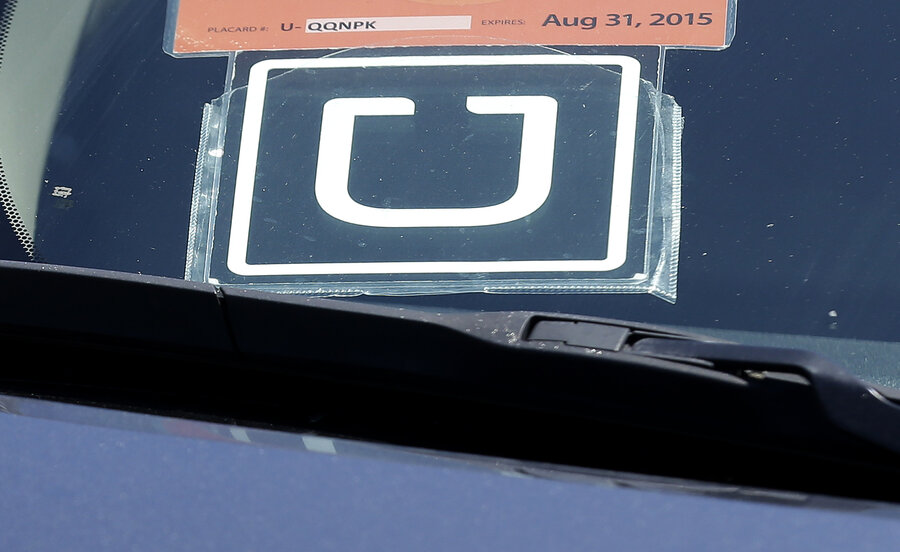Why Uber rides are getting cheaper
Loading...
Heading out to a movie or a restaurant is about to become a lot cheaper: starting on Saturday, Uber, the popular global ride-hailing service, began dropping fare prices in more than 100 cities across the US and Canada.
The reason? A seasonal slump, according to a statement on the company’s website.
“[S]easonality affects every business, and Uber is no exception because when people hunker down at home, demand for rides drops,” the company said.
The company has dropped fares by as much as 20 percent or more in some cities, with an emphasis on reducing the fares for UberX, its lowest-cost ride option. In Orange County, for example, fares for an UberX will fall by as much as 30 percent from where they were previously.
For some cities, this is the third year in a row that Uber has cut its prices in anticipation of a winter slump. This year, Uber also says that it will guarantee minimum earnings for its drivers to protect them from any potential earning losses. According to Uber, most drivers actually earn more during periods when the company reduces its prices. This is because as prices begin to drop, demand for rides slowly goes back up.
While Uber says that it is interested in reducing prices so that more people will be able to “head out of the house, ditch their keys, and avoid parking,” the price cut is also an opportunity for Uber to undercut the competition.
In 2013, when Uber first reduced prices for UberX in San Francisco, the company deliberately lowered the cost of its UberX service so that rides would be cheaper than hailing a taxi.
When Lyft, the second most popular ride-hailing service and Uber's chief competitor, was asked by TechCrunch about Uber’s most recent move to reduce prices, John Zimmer, Lyft’s co-founder and president, said that “Uber prices will still be higher. What does a price decrease mean when there is 8-10x surge pricing [hiking prices at times of high demand]? It’s classic bait and switch and consumers see through that.”
Uber has shifted its pricing back to a higher premium when earnings have fallen lower than the company expected. In Charlotte, for example, a 40 percent price cut at the beginning of 2015 was pulled back to 29 percent, according to the company.
There is also a limit to the number of rides per hour drivers can reasonably make, which caps their earning potential somewhat. As a result, some drivers in San Francisco are returning to cab driving, seeking job security and more stable earnings.
But perhaps Uber shouldn’t be worried. This month, Yellow Cab, San Francisco’s largest taxi company, announced that it is moving towards filing for bankruptcy, making plans to financially restructure the company amid competition from Uber and Lyft.






